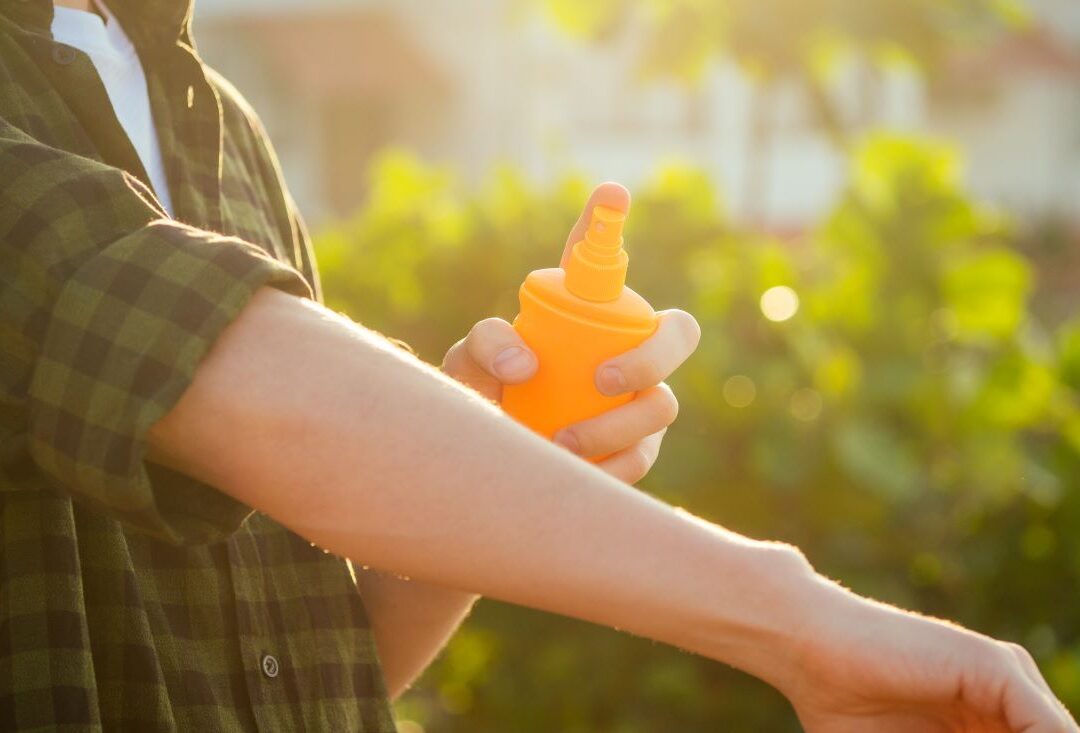Skin safety: what sunscreen should you be using?
Broad-spectrum and SPF sunscreen
First, you’ll want to make sure to choose a sunscreen that blocks out harmful UV light. There are two types of UV light —UVA and UVB. Both are dangerous and can cause damage to your skin. UVA rays can cause premature aging of your skin, and cause wrinkles and age spots. UVB rays can cause sunburn, and exposure to both can cause skin cancer. Ensure you choose a higher quality sunscreen that offers protection from both UVA and UVB light.
The second factor to consider is what is the SPF (Sun protection factor). SPF is a measurement that indicates how much the sunscreen will protect against UVB rays and is calculated by how long it takes for the skin to burn with sunscreen compared to without sunscreen. The Canadian Dermatology Association recommends using a sunscreen with at least SPF 30 and to reapply it more than once, as sweating or swimming can wash it off.
Cream, lotion, spray, stick… which one?
Based on your skin type, and where you are applying the sunscreen, there are different formulations of sunscreen available. There are pros and cons to each type of application:
- Lotions: best for large areas such as back, legs and arms, application is thinner and not as greasy
- Creams: preferred for face, especially if you have dry skin
- Sticks: great for applying sunscreen around the eyes
- Gels: works best areas close to the hairline like scalp and chest
- Sprays: easy to use on children, but make sure to check the wind direction before spraying!
Organic, mineral-based or combo sunscreens
Whatever sunscreen product you choose, make sure to check the expiry date before using and remember to apply 15 minutes before sun exposure.
Sunscreen products at INLIV
INLIV is proud to partner with exclusive brands that support your overall health and wellbeing, such as Vivier Sheer SPF 45, a pharmaceutical-grade sunscreen, which uses both physical and chemical blocks for extensive sun protection.
Our range of sun care products ensures we can find something suited for your skin type. Stop in or book an appointment with our medical aesthetics coordinator, Roxanne. She is happy to assist you in selecting a product that’s right for you and your skin.
When spending any amount of time in the sunlight, remember to apply your sunscreen to protect your skin’s long-term health. Not just during the summer months, but year-round making sure to protect your skin can help protect against premature aging and wrinkles.
Call us at 403.648.2137 for more information about products at INLIV.


